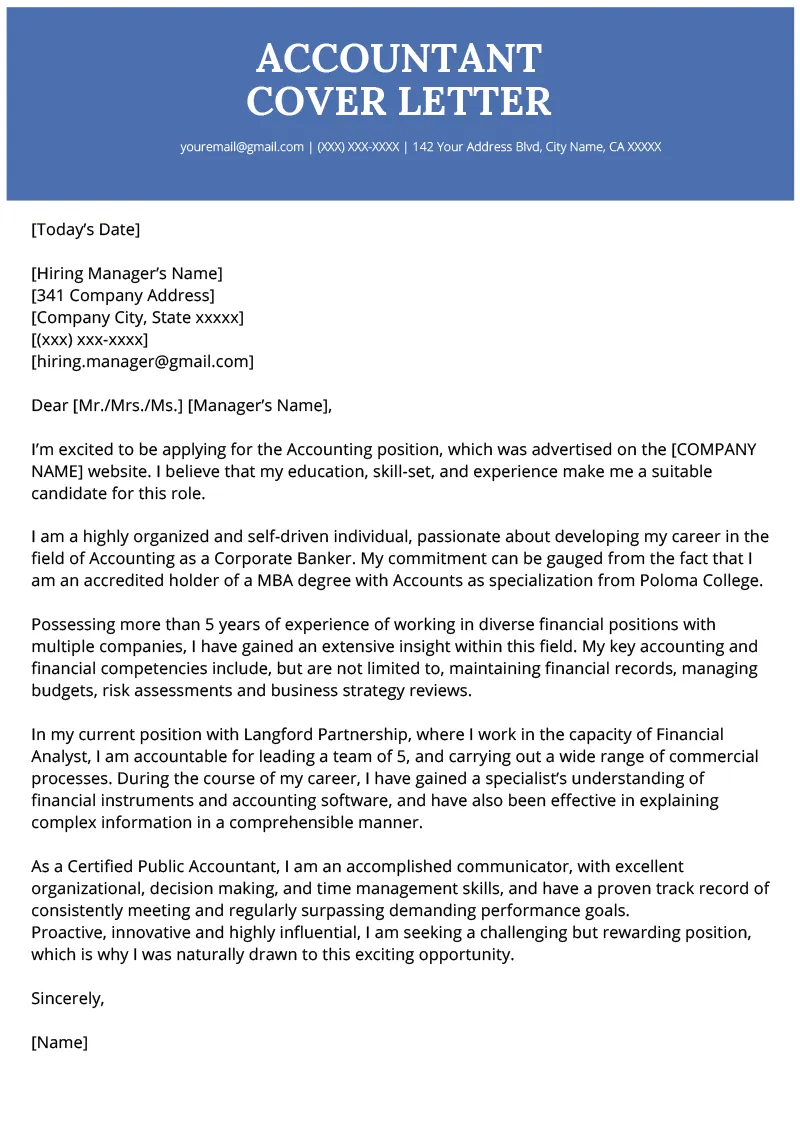Crafting the Perfect Accounting Cover Letter
In the competitive world of accounting, a well-crafted cover letter can be your golden ticket to landing an interview and ultimately, the job. This guide will walk you through every step of creating a compelling cover letter that showcases your skills, experience, and personality. A strong cover letter is not merely a formality; it’s a crucial marketing tool that introduces you to potential employers and sets the stage for a successful application. By investing time and effort into crafting a tailored cover letter, you significantly increase your chances of standing out from the crowd and making a positive impression.
Understanding the Importance of a Cover Letter
Many job seekers underestimate the power of a cover letter, viewing it as a redundant document. However, a cover letter provides an opportunity to personalize your application and demonstrate your genuine interest in the specific role and company. It allows you to expand on the information presented in your resume, providing context and highlighting the skills and experiences most relevant to the position. Moreover, a well-written cover letter showcases your communication skills, attention to detail, and understanding of professional norms. In essence, it’s your chance to make a compelling first impression and persuade the hiring manager to learn more about you.
Highlighting Your Skills and Experience
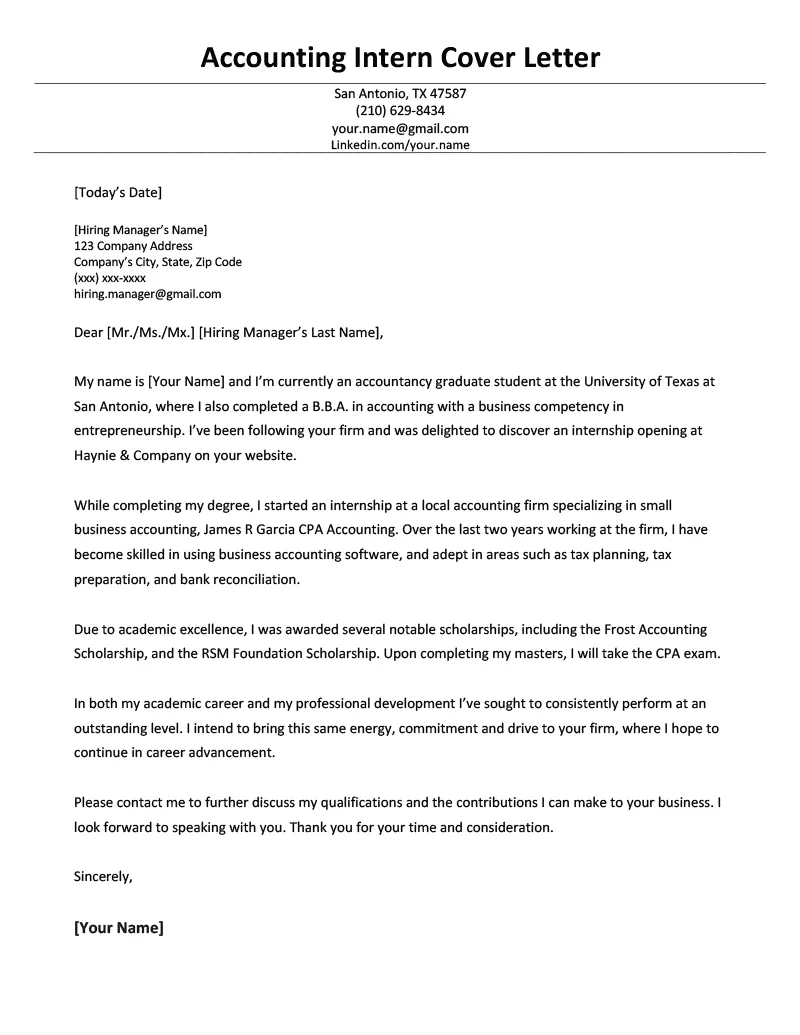
Your cover letter should effectively showcase the skills and experiences that align with the job requirements. Start by carefully reviewing the job description and identifying the key skills and qualifications the employer is seeking. Then, use your cover letter to demonstrate how your background makes you the ideal candidate. This involves highlighting relevant experiences, quantifying your achievements whenever possible, and using keywords from the job description to demonstrate a clear understanding of the role. Remember, the goal is not just to list your skills but to demonstrate how they translate into value for the company. Focus on what you can offer, not just what you have done.
Showcasing Your Technical Skills
Accounting roles require a specific set of technical skills. In your cover letter, be sure to highlight your proficiency in these areas. Mention specific software you’re familiar with, such as QuickBooks, SAP, or Xero. Also, mention any experience with financial modeling, budgeting, or forecasting. If you have expertise in a specific area of accounting, such as auditing, tax, or financial reporting, make sure to clearly state it. Providing specific examples of how you’ve used these skills in past roles will further strengthen your application and demonstrate your expertise.
Detailing Your Experience
Provide concrete examples of your past accounting roles. Briefly describe your responsibilities and the specific tasks you handled. Use the STAR method (Situation, Task, Action, Result) to demonstrate how you’ve handled challenges and achieved positive outcomes. For instance, explain a situation where you identified an error, the task you were assigned, the actions you took to resolve it, and the positive result. This approach helps employers understand your problem-solving abilities, critical thinking, and ability to drive results. Focus on the most relevant experiences and tailor them to the specific requirements of the job.
Tailoring Your Cover Letter to the Job Description
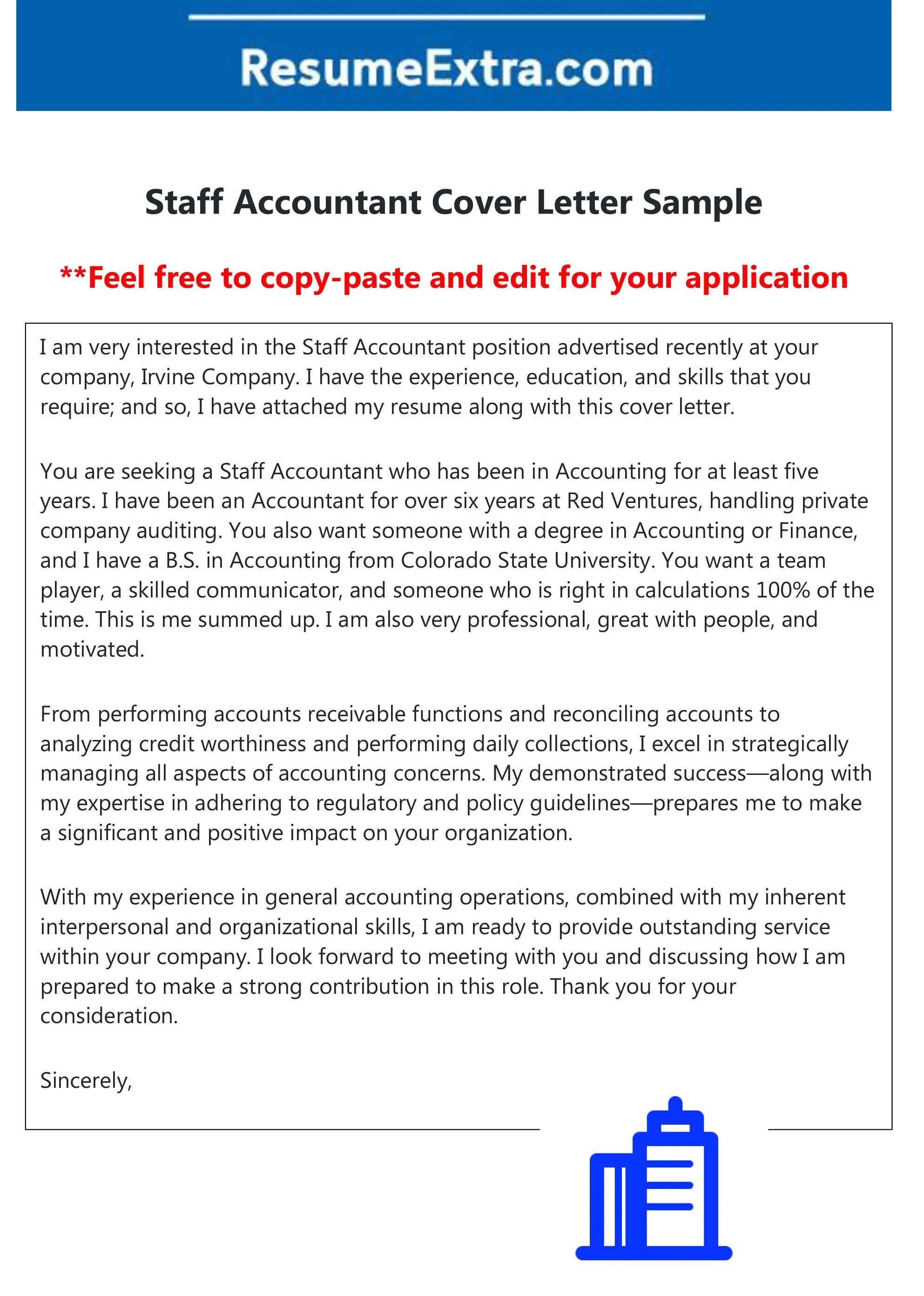
Generic cover letters are easily spotted and often discarded. To maximize your chances of success, always tailor your cover letter to each specific job application. This involves more than just changing the company name. It means carefully analyzing the job description and aligning your skills and experiences with the requirements outlined. Research the company, understand its values, and address how your skills and experiences align with their specific needs. Tailoring your cover letter shows that you’ve taken the time to understand the role and are genuinely interested in the opportunity.
Analyzing the Job Requirements
Begin by carefully reading the job description, highlighting key skills, qualifications, and responsibilities. Make a list of the specific requirements the employer is seeking. Identify which of your skills and experiences align with these requirements. Prioritize the most relevant aspects of your background for the role and ensure these are highlighted in your cover letter. By focusing on the skills and experiences most important to the employer, you increase your chances of making a strong impression.
Customizing Your Letter
Once you’ve analyzed the job description, customize your cover letter to directly address the key requirements. Use the same keywords and phrases from the job description to demonstrate that you understand the role. Provide examples of how you’ve successfully used the required skills and how your experience aligns with the employer’s needs. Show, don’t just tell, by providing concrete examples of your achievements. Demonstrate your genuine interest in the company by researching their mission, values, and recent news. Tailor the letter to show you understand the company’s goals and can contribute to their success.
Using Action Verbs and Quantifiable Results
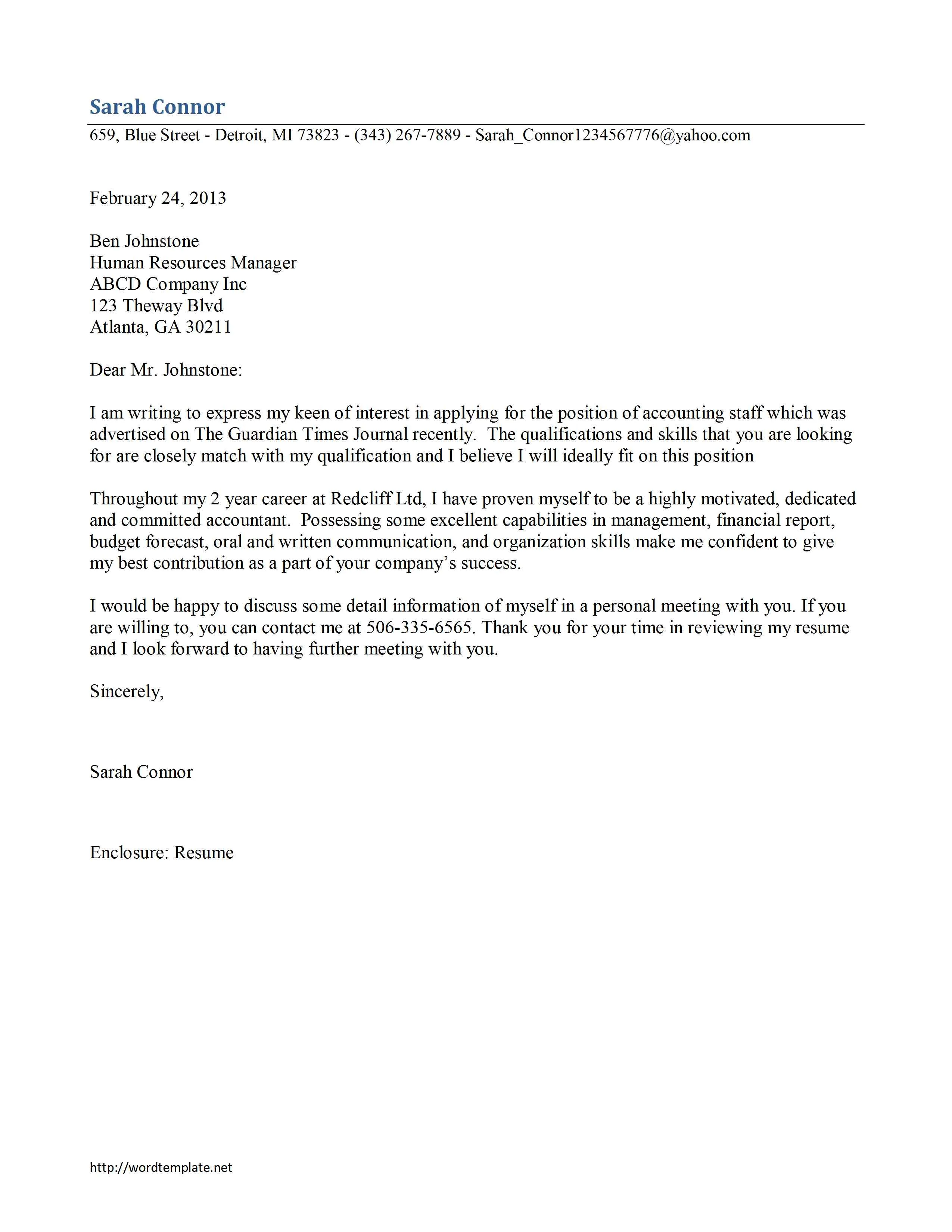
Action verbs and quantifiable results are essential to writing a compelling cover letter. Avoid passive language and instead use strong action verbs to describe your accomplishments. For instance, instead of saying “Responsible for managing accounts payable,” use “Managed accounts payable, reducing processing time by 15%.” Quantifying your achievements provides concrete evidence of your impact and demonstrates your ability to drive results. Whenever possible, include numbers, percentages, or specific outcomes to showcase your accomplishments. This approach adds credibility and demonstrates the value you bring to the table.
Demonstrating Your Achievements
Focus on your achievements rather than just listing your responsibilities. For each role, identify key accomplishments and quantify them whenever possible. Did you improve efficiency, reduce costs, or increase accuracy? Use specific examples to illustrate your achievements. Did you streamline a process? Did you identify and correct an error that saved the company money? Highlight these achievements to demonstrate your value and potential. Employers want to see results, so focus on what you’ve accomplished and how you’ve made a positive impact.
Structuring Your Cover Letter for Maximum Impact
A well-structured cover letter is easy to read and makes a strong impression. Use a professional format with clear headings, concise paragraphs, and appropriate spacing. The letter should generally include an introduction, body paragraphs, and a conclusion. Ensure that the information flows logically and that each section contributes to your overall message. A well-organized cover letter makes it easier for the hiring manager to understand your qualifications and appreciate your skills.
Creating a Strong Opening
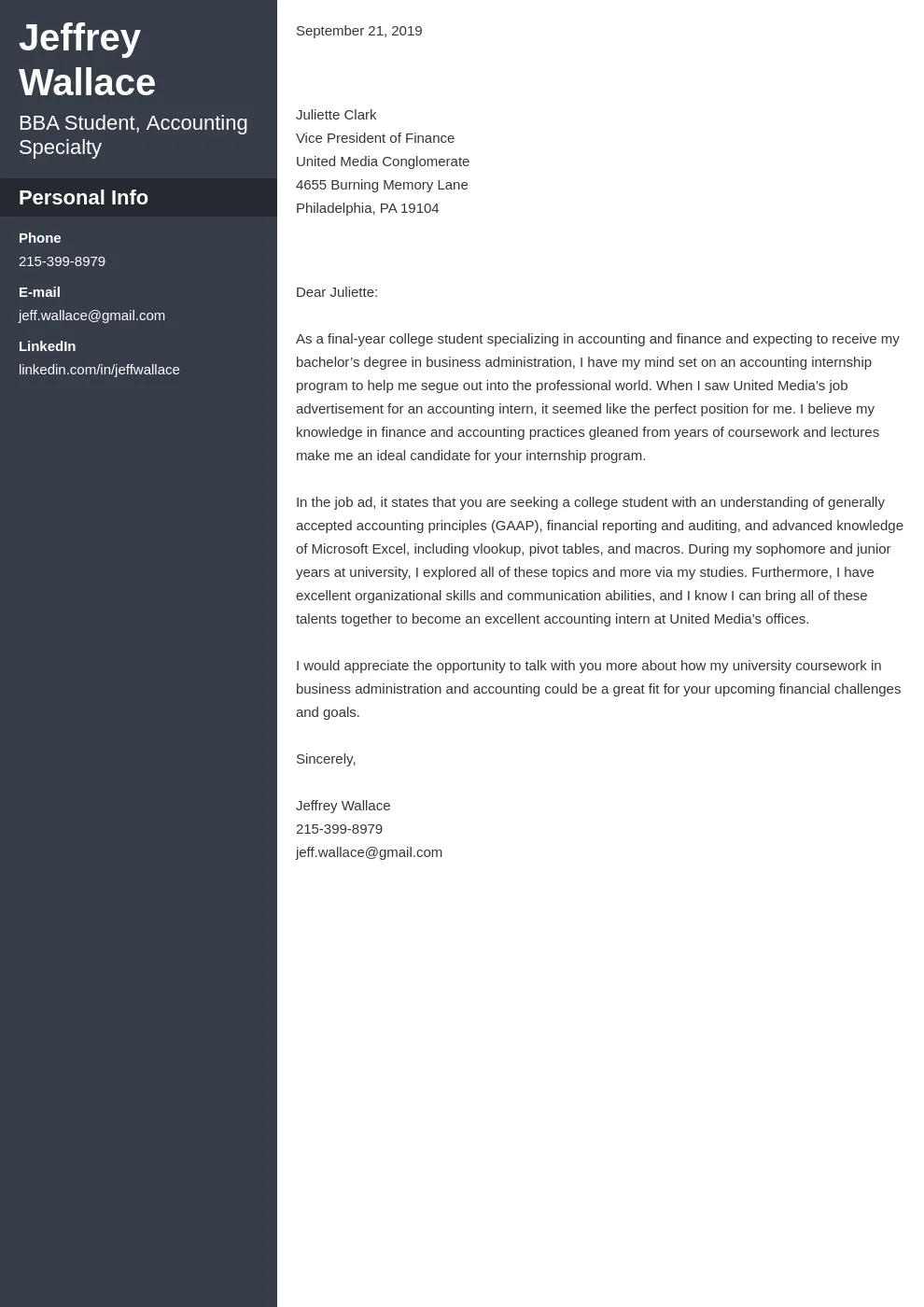
The opening of your cover letter is crucial; it’s your first chance to grab the reader’s attention. Start with a strong, concise statement that highlights your interest in the position and the company. If possible, mention how you learned about the opportunity and briefly state why you’re a good fit. Avoid generic openings; instead, personalize your introduction to show you’ve researched the company and understand the role. A compelling opening sets the tone for the rest of your letter and encourages the reader to continue reading.
Writing Compelling Body Paragraphs
The body paragraphs of your cover letter are where you provide details about your skills, experiences, and achievements. Each paragraph should focus on a specific aspect of your qualifications and provide relevant examples. Use the STAR method to describe how you’ve handled challenges and achieved positive outcomes. Quantify your achievements whenever possible to demonstrate the value you brought to previous roles. Structure your paragraphs to maintain the reader’s interest and demonstrate the most relevant information first. Keep the language clear, concise, and professional.
Concluding with Confidence
Your conclusion should reiterate your interest in the position and company. Express your enthusiasm and summarize why you’re the ideal candidate. Include a call to action, such as stating that you’re eager to discuss your qualifications further and are available for an interview. Thank the hiring manager for their time and consideration. End with a professional closing such as “Sincerely” or “Best regards,” followed by your name and contact information. Ensure that you leave a lasting positive impression.
Proofreading and Editing Your Cover Letter
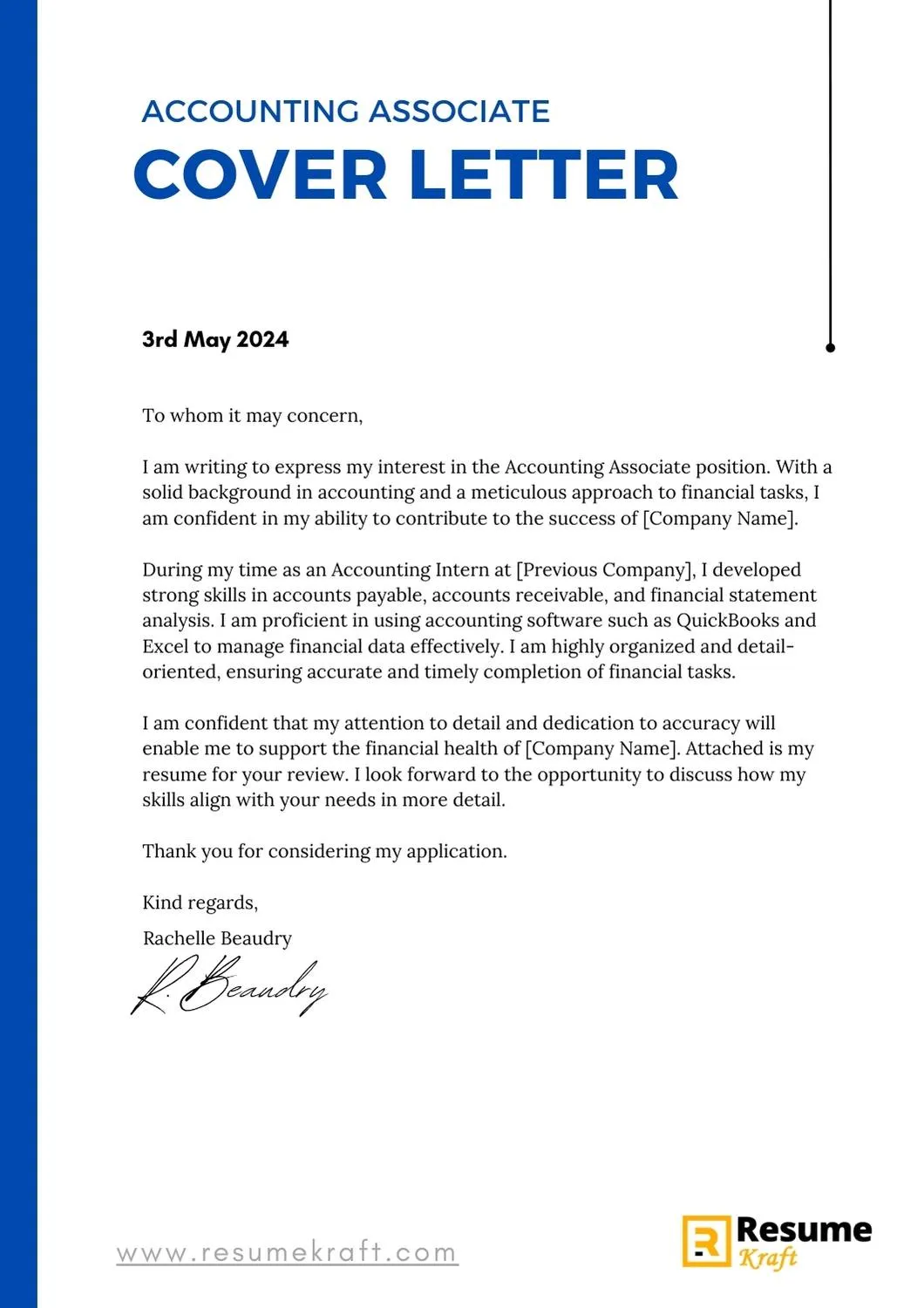
Proofreading and editing are critical steps in ensuring your cover letter is polished and professional. Errors can undermine your credibility and create a negative impression, so take the time to carefully review your letter for any mistakes. Even minor errors can be off-putting, so pay close attention to every detail.
Checking for Errors
Carefully check your cover letter for grammatical errors, spelling mistakes, and punctuation issues. Read the letter aloud to catch any awkward phrasing or sentences that don’t flow well. Use a spell checker and grammar checker, but remember that these tools aren’t foolproof. Manually review every word to ensure accuracy. Also, double-check the company name, the hiring manager’s name, and the job title for accuracy. Errors in these details can make you seem careless.
Seeking Feedback
Ask a trusted friend, colleague, or career counselor to review your cover letter. Another person can provide a fresh perspective and catch errors you might have missed. Ask them to assess the clarity, flow, and overall impact of your letter. Specifically, ask for feedback on whether your skills and experience are clearly presented and if the letter effectively demonstrates your value to the company. Incorporating feedback from others can help you refine your cover letter and improve your chances of success.
Formatting for Professionalism
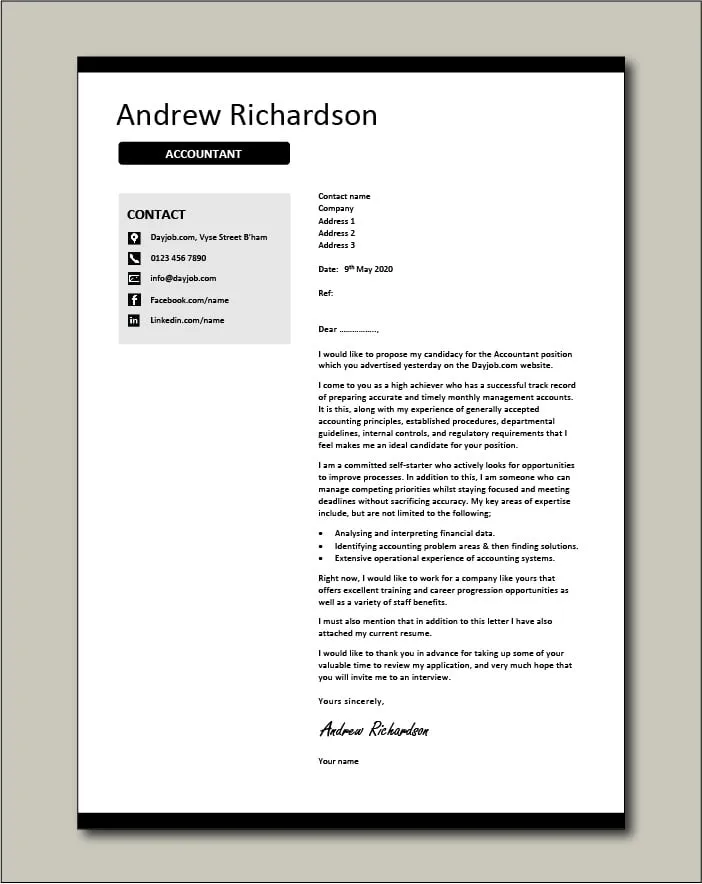
Use a professional and easy-to-read font such as Times New Roman, Arial, or Calibri, with a font size between 10 and 12 points. Ensure consistent formatting throughout the letter, including the spacing, alignment, and use of bullet points. Use standard margins (1 inch on all sides). Your cover letter should be clean, well-organized, and visually appealing. A professional format shows that you pay attention to detail and take pride in your work.
